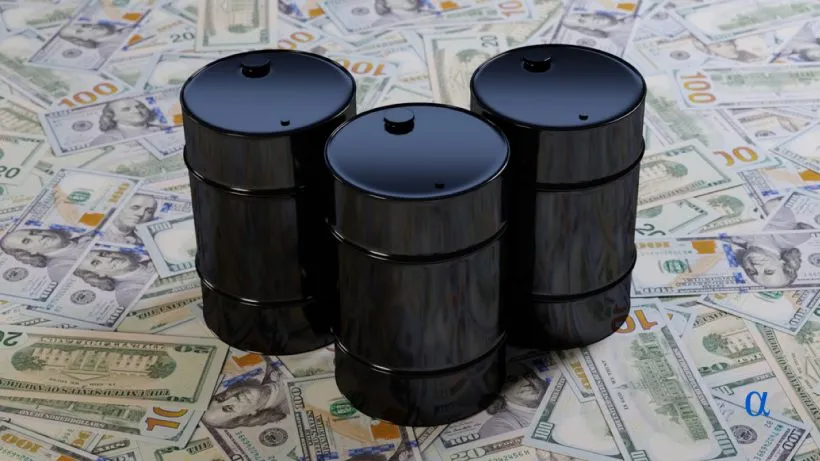Copyright menafn

As a percentage of worldwide production of crude oil, OPEC's share remains dominant. With 13 member countries, and 10 affiliates (OPEC+), it represents 35-40% of yearly production and approximately 80% of proven reserves. It is therefore not surprising that the energy markets pay close attention to OPEC meetings for crucial information regarding the organization's output and production targets. Consequently, the popular perception is that short-term price volatility is greater before and after OPEC meetings than during other,“normal” trading days. Although it seem intuitive, is this indeed true? To find out, we used OptionMetrics data to review the daily returns of crude oil futures (WTI, 30-day continuous futures contract) and the change in their implied volatility (30-Day, P/C Avg) 1, 2, 5, and 10 days before and after each OPEC meeting since January 2005. Since then, by our count, there were a total of 57 scheduled and extraordinary meetings in which production was discussed. We then compared the results to average daily returns and implied volatilities experienced during the same time intervals over the 01/03/2005 – 10/10/2025 period. The results are summarized in the tables below. On average, pre-meeting returns are positive; post-meeting returns are negative: Source: OptionMetrics Average pre-meeting returns are generally higher than average daily rolling returns since 2005: Source: OptionMetrics Surprisingly, implied volatility declines on average during the meetings, albeit minorly (Table 3). Average changes in implied volatility were, on average, relatively small, but larger than changes incurred during“normal” periods (Table 4, below). However, the range of change in implied volatility can be significant, as revealed by the Min and Max values shown below, and indicate the potential for volatility trading pre- and post OPEC meetings: Source: OptionMetrics Crude oil can be extremely volatile, but the most extreme changes in implied volatility (e.g., March and April, 2020) did not occur in the period adjacent to OPEC meetings, as can be seen by the higher range of change in implied volatility for the entire period (max/min, Table 4) vs. the range before and after OPEC meetings (max/min, Table 3): Source: OptionMetrics Interestingly, the most extreme movements in price and implied volatility (Table 4) have not occurred before or after OPEC meetings. In some cases, the OPEC meeting was in reaction to already established market trends, but was not the cause. For example, the OPEC meeting in April 2020, the most volatile period in the history of exchange traded crude oil, was in reaction to the extremely negative price action that occurred during the previous month. Apparently, OPEC does not have a monopoly on producing crude oil volatility.



